The Magical Animation of ‘Rudolph the Red-Nosed Reindeer’
The Christmas television special—the longest running in history—was groundbreaking in its use of stop-motion animation with puppets
/https://tf-cmsv2-smithsonianmag-media.s3.amazonaws.com/filer/b1/5f/b15f3801-7db6-4806-82b8-b6c53678ef90/hermey_the_elf_and_rudolph.jpg)
Reindeer and dentists, puppets and LED light bulbs, Gene Autry and General Electric—these odd pairings might not seem to have much in common. But each played an important role in the making of Rudolph the Red-Nosed Reindeer, a classic Christmas special currently celebrating its 57th straight year of annual reruns. Before Rudolph lit up the small screen, a series of tragedies, twists of fortune and lucky coincidences allowed his tale to endure through decades—eventually ensuring a place in holiday tradition.
Rudolph’s story began with a Jewish Montgomery Ward copywriter named Robert May. The department store began preparing for Christmas 1939 nearly a year in advance, and tasked May with penning an original holiday story they could market to shoppers. May agreed to tackle the assignment, despite difficulties in his personal life. May’s wife had been diagnosed with cancer, and as the year wore on, her health deteriorated. When she died in July 1939, May was given the option to give up the assignment. But he found solace in the story, drawing inspiration from his young daughter’s fondness for reindeer at the Lincoln Park Zoo. “Gratefully I buried myself in the writing,” he wrote at the time. In August, May filed a story told in 89 couplets. Montgomery Ward transformed the poem into a 32-page booklet distributed to children for free—a meaningful gesture in a country still shaken by the Great Depression. The company gave away more than two million copies that season.
Despite this success, May struggled with life as a single father. Saddled with medical debt, he continued working at Montgomery Ward and eventually remarried. After World War II, Montgomery Ward unexpectedly granted him the rights to Rudolph. Knowing how popular the book had been, May sensed an opportunity to turn his luck around. He persuaded his brother-in-law, Johnny Marks, to write music to accompany the story. By then, Marks was already a professional composer who had been writing songs since his teenage years. Marks would later go on to publish 175 original songs, including television scores, radio hits and commercial jingles.
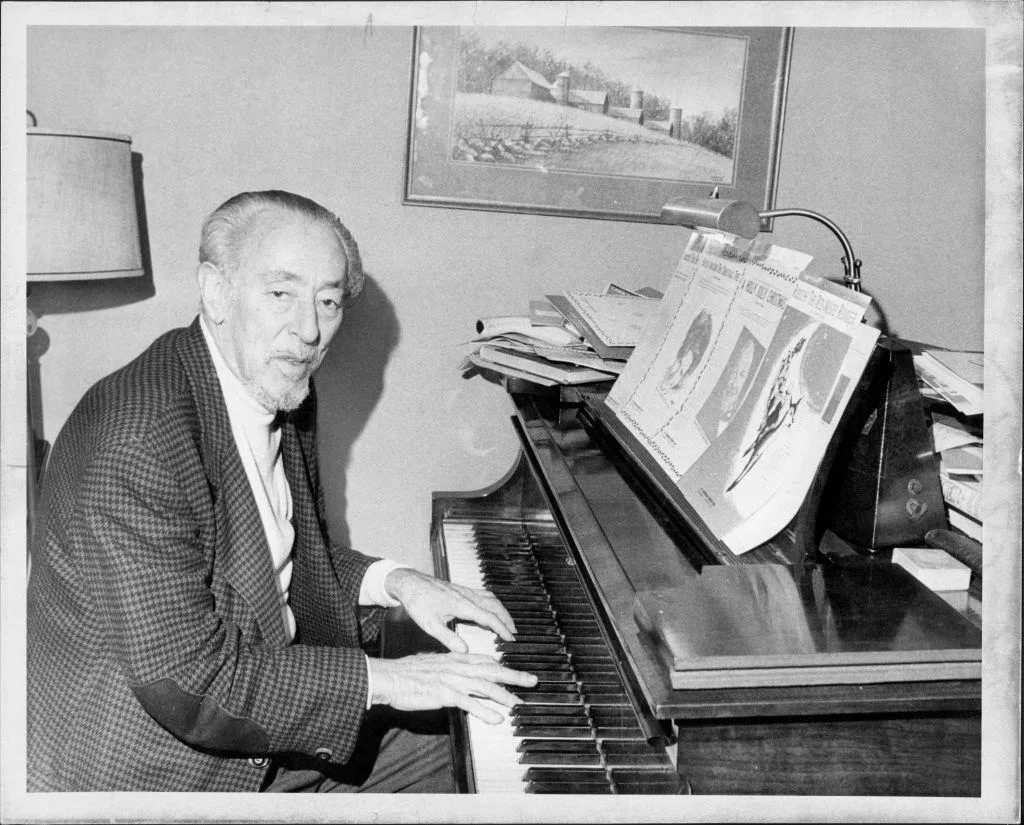
Still, Marks initially struggled with the task, calling his first attempt “easily one of the worst songs ever written.” Later revisions proved more successful, and he began shopping the tune around to singers like Bing Crosby, Dinah Shore and Perry Como (who would have taken it, had Marks given him permission to alter the lyrics).
When Marks presented the song to Gene Autry, the so-called “Singing Cowboy” wasn’t initially enthusiastic. But Autry’s wife, Ina, was moved by Rudolph’s underdog story and predicted it would strike a chord with other listeners, too. In perhaps the greatest turning point of Marks’ career, she persuaded Autry to record “Rudolph the Red-Nosed Reindeer” in time for the 1949 holiday season. It shot to the top of Billboard’s country-western and pop charts and remained a top holiday hit for decades.
According to Rick Goldschmidt, the official historian of Rankin/Bass Productions, the song’s popularity kicked off a chain reaction of coincidences and connections that played out during the early 1960s. Marks lived in Greenwich Village, where he became friends with a neighbor named Arthur Rankin. In 1960, Rankin formed Rankin/Bass Productions with collaborator Jules Bass, and the two began producing children’s television specials. Rankin reached out to Marks to broach the possibility of putting Rudolph on television as part of the GE Fantasy Hour, a branded series of TV specials sponsored by General Electric.
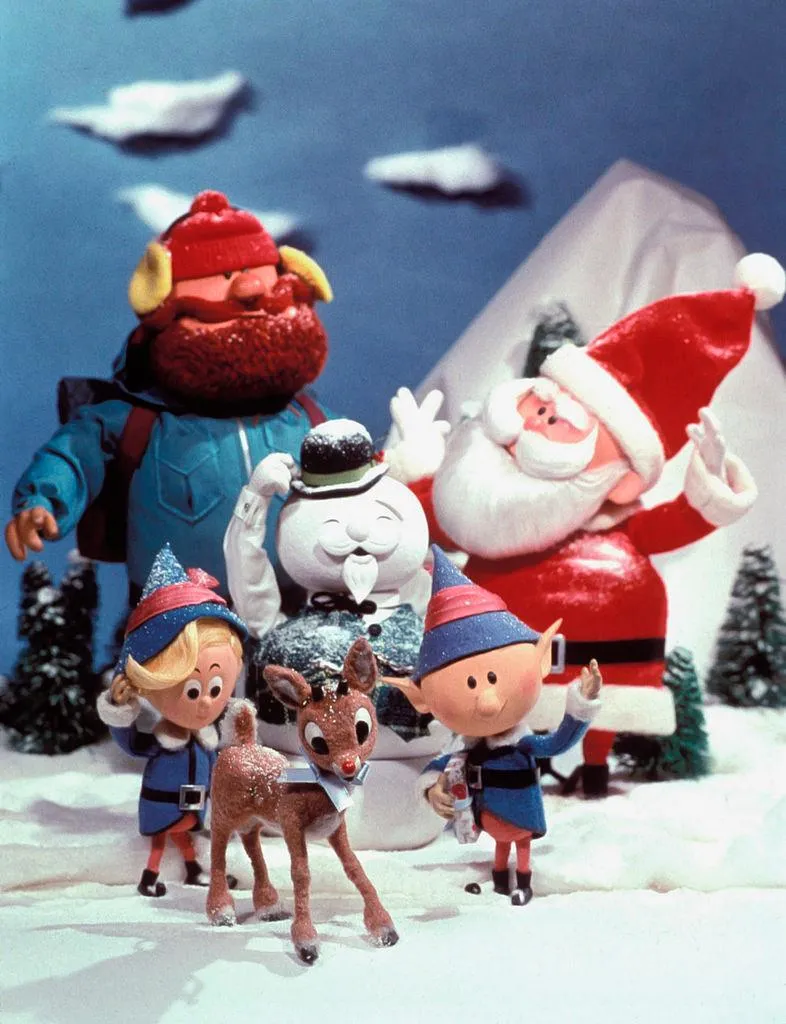
With conversations underway, May’s history with Montgomery Ward also came into play. “In fact, one of the Montgomery Ward's people, Willard Sahloff, was in General Electric,” Goldschmidt says. “That's how it all got to the network.” As GE’s vice president of housewares, Sahloff influenced the company’s television specials, which aired on NBC. Adding to the kismet, a General Electric engineer named Nick Holonyak developed the first LED light bulb capable of emitting visible red light in 1962—the same bulb used for Rudolph’s bioluminescent nose.
By mid-1963, Rudolph the Red-Nosed Reindeer was officially in production. Over the next 18 months, GE poured the equivalent of more than $4.5 million into the special’s innovative stop-motion animation. The company’s motivation wasn’t purely altruistic; its Fantasy Hour series created an opportunity to market its housewares directly to viewers. Along with the hour-long special, GE produced four accompanying commercials featuring characters from Rudolph the Red-Nosed Reindeer. These ads pushed new products like an electric toaster, an electric can opener and an electric blanket. (Today, this advertising strategy is echoed by brands like Le Creuset, which just released a new line of products featuring characters from Star Wars.)
To transform May’s story into a full script, Rankin and Bass turned to Romeo Muller, who collaborated with them on Return to Oz, another installment of the GE Fantasy Hour. Muller, along with animation writer Tony Peters, expanded the story into a full cast of characters, drawing out its themes of individuality and alienation. He was also responsible for many of Rudolph the Red-Nosed Reindeer’s embellishments—from Hermey the Elf’s longing to be a dentist rather than a toymaker to the ferocious Bumble, a snow monster who roams the tundra—that are memorable, even more than 50 years later.
To execute Muller’s script, Rankin/Bass entrusted the animation to Tadahito “Tad” Mochinaga, a pioneering filmmaker who developed the first puppet-based stop-motion animation in China and Japan. Born in 1919, Mochinaga fell in love with animation upon seeing a Mickey Mouse short at a Tokyo movie theater as a child. After studing film at Nippon Art College, Mochinaga landed a job in animation, distinguishing himself with his innovation camera techniques that pushed animation to new levels of technical sophistication in Japan. During World War II, he left Japan for Manchuria, then a Japanese-occupied puppet state in China, where he produced propaganda films with Chinese, Korean and Japanese animators.
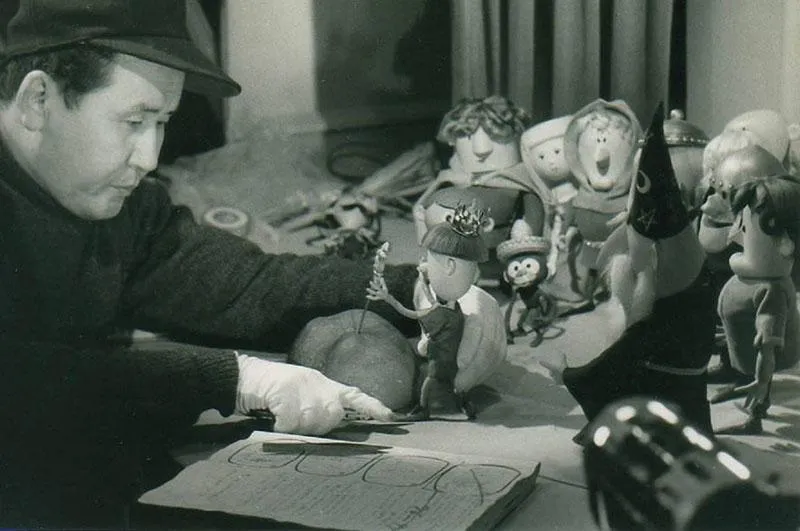
In 1947, Mochinaga was instructed to create an animated propaganda film mocking Chinese politician Chiang Kai-shek. To drive home the message that Kai-shek was controlled by U.S. Secretary of State George Marshall, Mochinaga created literal puppets of the two figures. The result was China’s first stop-motion puppet animation. In 1955, Mochinaga returned to Japan and brought this technique with him, using it to produce a beer commercial that became the first Japanese stop-motion puppet animation. The commercial’s success spurred Mochinaga to form the Puppet Animation Studio in Tokyo, and his unusually fluid, true-to-life animation technique became known as Animagic.
As one of the world’s leading animators, Mochinaga developed an international reputation, and Rankin met Mochinaga during a 1959 tour of Japanese animation studios. Today, Goldschmidt credits Mochinaga’s Animagic technique with pushing the GE Fantasy Hour to new heights. “[Return to Oz] wasn’t as big of a hit as Rudolph became, and I think that was because Return to Oz was in cel animation and Rudolph was in Animagic,” Goldschmidt says. After all, the same team of writers and producers created both specials.
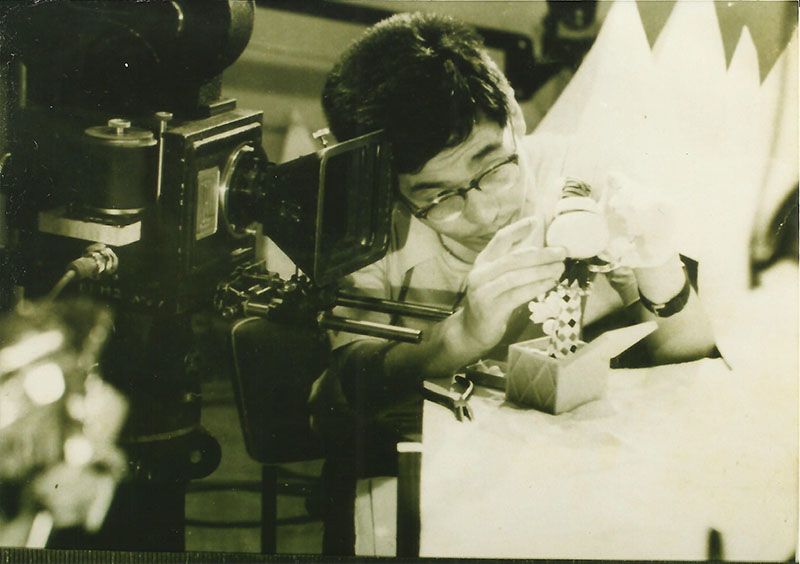
When Rankin/Bass moved forward with Rudolph the Red-Nosed Reindeer, Rankin relished the opportunity to work from Tokyo, while Bass remained in New York. The final product required marrying the Japanese animation with voice acting recorded in Canada and music recorded in England.
Working from scripts provided by Rankin/Bass, Mochinaga directed an elaborate production featuring 22 handmade sets, all built to scale for the cast of four-inch puppets crafted by designer Ichiro Komuro. Prior to filming, Mochinaga traveled to Nara, Japan, a small city located east of Osaka, with his assistant, Hiroshi Tabata. Nara is home to Nara Park, a deer sanctuary established in 1880 to protect the area’s population of sacred deer. The Nara deer are uniquely accustomed to humans, boldly approaching visitors to nibble food and mimicking human bowing. There, the pair spent two days observing the deer, who roam freely through the sprawling park and interact with visitors. This attention to detail is visible in the animation itself, which featured rich details such as delicate eyelids crafted from leather and subtle movements. Each second of filming required 24 painstaking frames of animation.
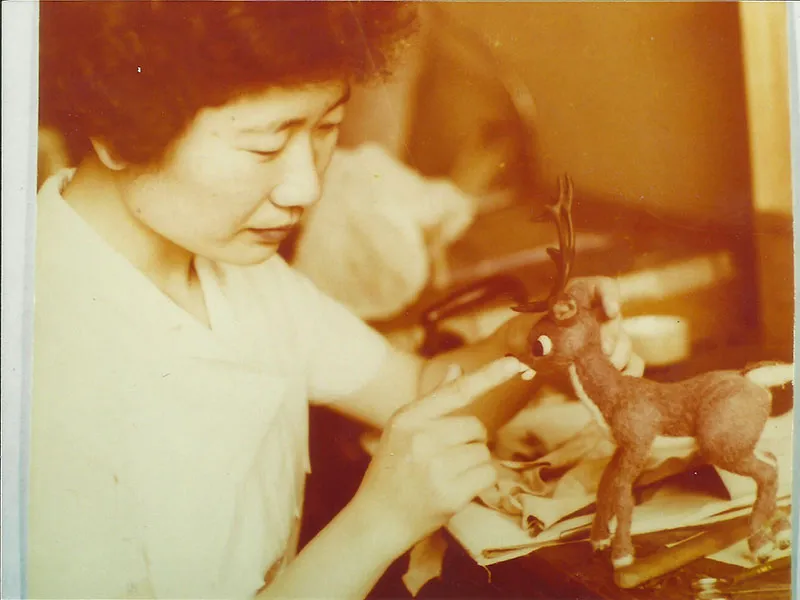
Through interviews and research, Goldschmidt has felt the team’s deep respect for Mochinaga. “Even though the animation got more fluid as time went on, and it got more perfected and things looked technically better, they still thought that Rudolph was the best,” Goldschmidt says. Rewatching the special decades later, he remains charmed by the Animagic. “I don't even think of them as puppets,” he says. “I think of them as personalities. And that's what [Rankin/Bass and Mochinaga] brought to the art form.”
When the special finally aired in 1964, it became such a hit that it has been rebroadcast every year since, making it the longest-running Christmas special in history. Even today, the special still punches above its weight; when Rudolph the Red-Nosed Reindeer aired on CBS in 2016, it beat every show except This Is Us. In 2017, more viewers tuned in to watch Rudolph than A Charlie Brown Christmas, which ran on ABC in the same time slot.
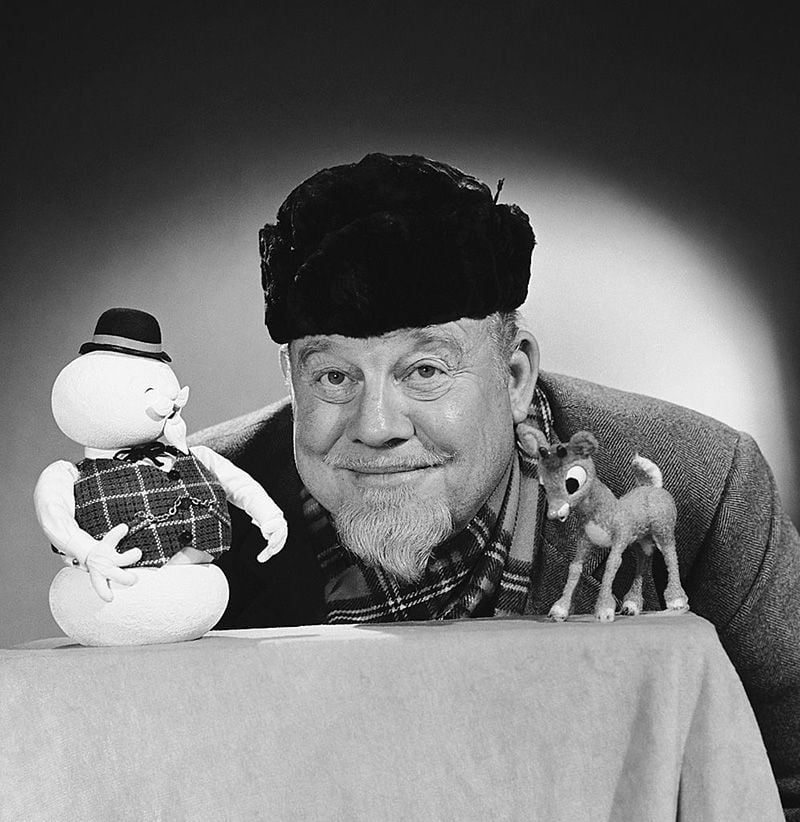
Made famous by Rudolph, Rankin/Bass went on to shape pop culture in other ways—sometimes unexpectedly. Along with increasingly zany holiday specials like Nestor the Long-Eared Christmas Donkey and The Leprechaun’s Christmas Gold, Rankin/Bass produced classics like 1970’s Santa Claus Is Comin’ to Town. In 1977, Rankin/Bass produced an animated adaptation of J.R.R. Tolkein’s The Hobbit and The Return of the King, now considered “not unwatchable,” if “bland.” More successful was the 1982 adaptation of The Last Unicorn, which remains a cult classic. Over the years, Rudolph even got two sequels, pegged to New Year’s Eve and the Fourth of July.
Rankin/Bass’ collection of television specials continue to inspire modern filmmakers, including Tim Burton, who frequently uses stop-motion animation. Like Mochinaga, Burton relied on a cast of puppets built with interior joints to create The Nightmare Before Christmas’ characters, who move fluidly through 230 built-to-scale sets.
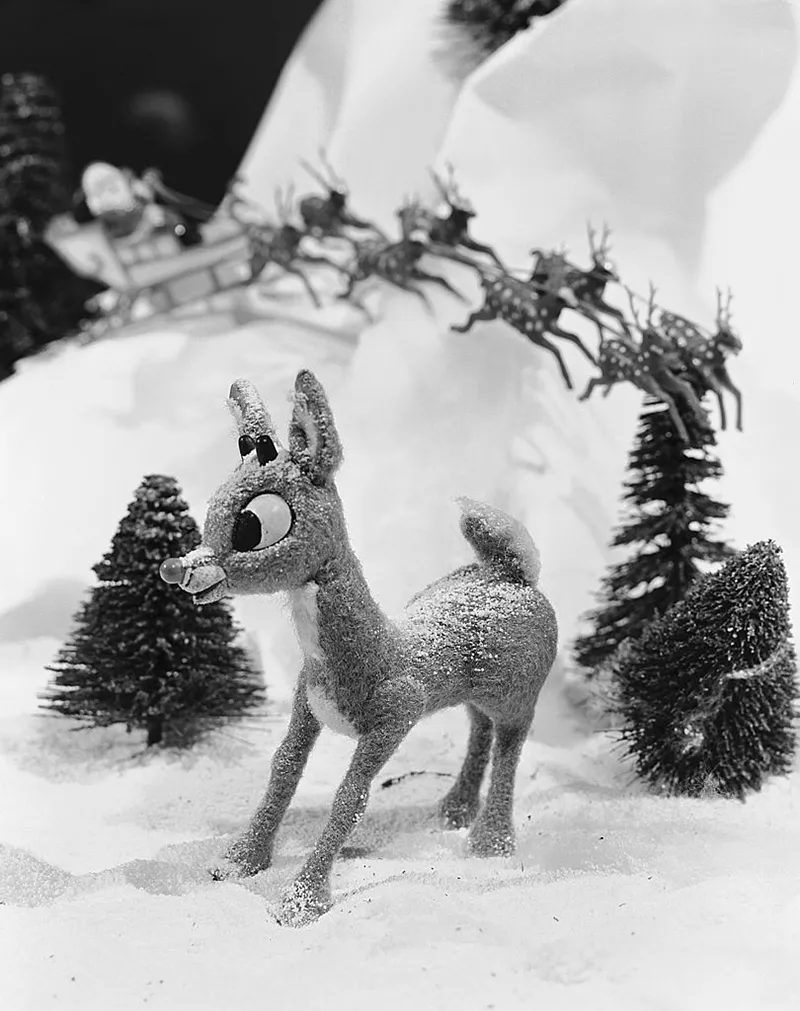
Goldschmidt, who has interviewed Pixar luminaries including John Lasseter, Andrew Stanton, and Joe Ranft, also traces a direct line from Rankin/Bass’ approach to Pixar’s success. Though Pixar produced digitally animated movies, Toy Story evokes Rankin/Bass’ tactile puppet animation and seemingly nods to stop-motion animation’s history of using toys and puppets as characters.
But the similarities to Rankin/Bass go deeper, down to the principles informing early Pixar movies. “Pixar—before they were bought by Disney—had the same goals, the same style,” Goldschmidt says. “They made these unique movies that had great storylines.” Today, he fears that this approach might be waning as studios face mounting pressure to crank out box office hits with minimal budgets. Instead of nurturing relationships with experienced creators, Goldschmidt frequently sees job listings for entry level animation roles that come with high pressure and low pay. “I think that's the big difference today,” he says. “You know, technology is great, but you really have to have talent to make technology what it could be.”
Adding to its technology, Goldschmidt believes Rudolph the Red-Nosed Reindeer’s timeless story and unique characters are key to its enduring success. “Romeo wrote these characters to be underdogs that don't quite fit in the world,” he says. “By the end of the show, they triumph, and the villains get reformed most of the time. They're such satisfying stories.”
/https://tf-cmsv2-smithsonianmag-media.s3.amazonaws.com/accounts/headshot/michelle.png)
/https://tf-cmsv2-smithsonianmag-media.s3.amazonaws.com/accounts/headshot/michelle.png)